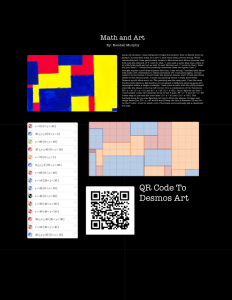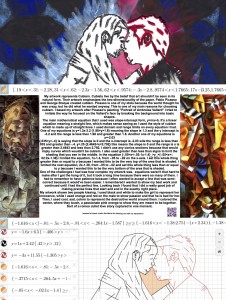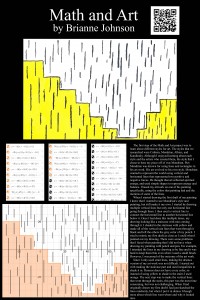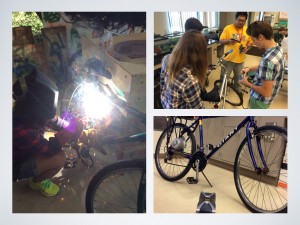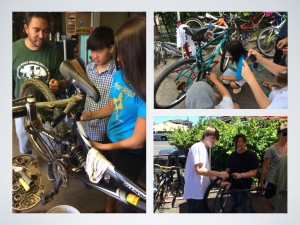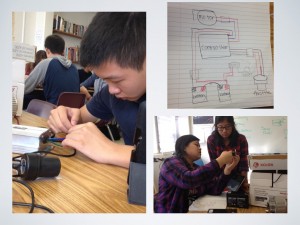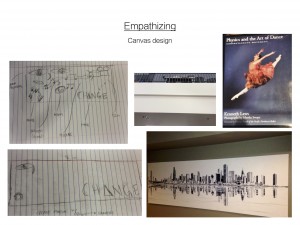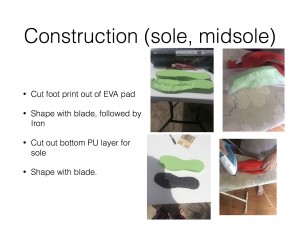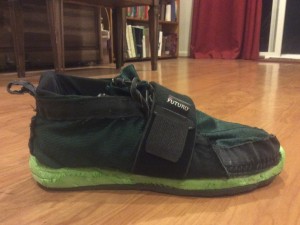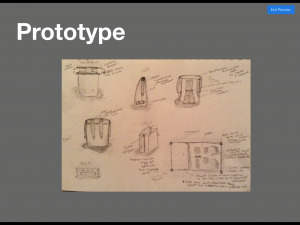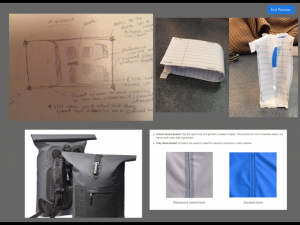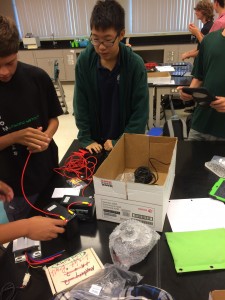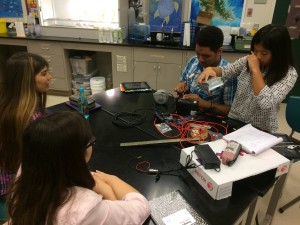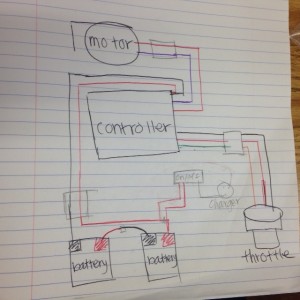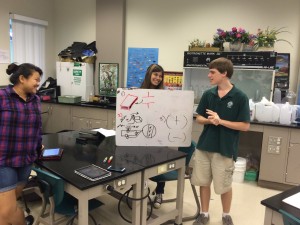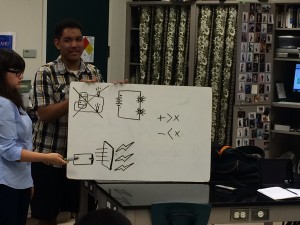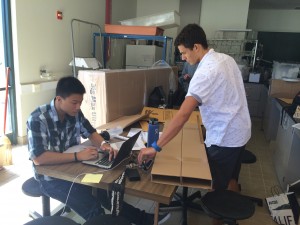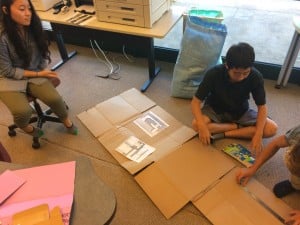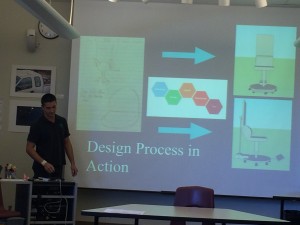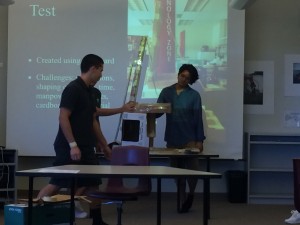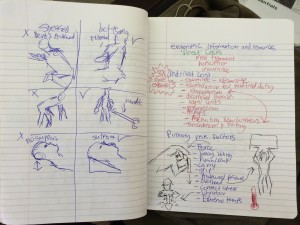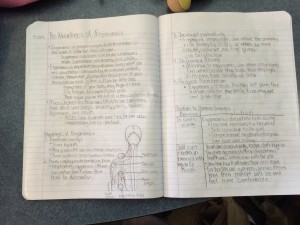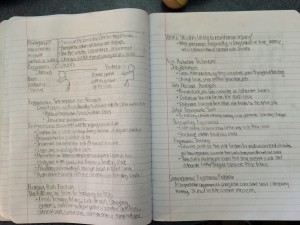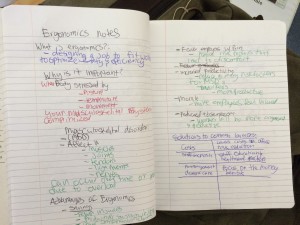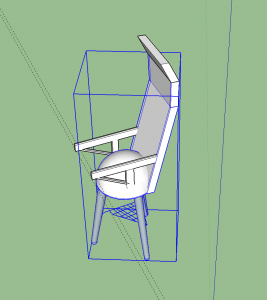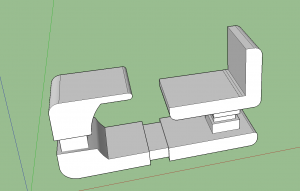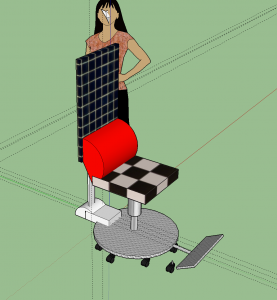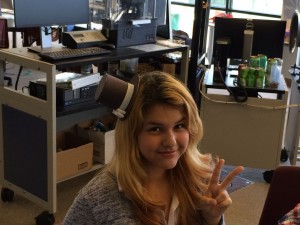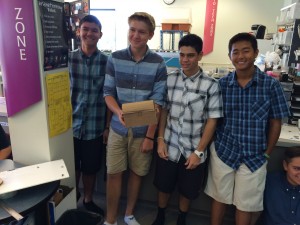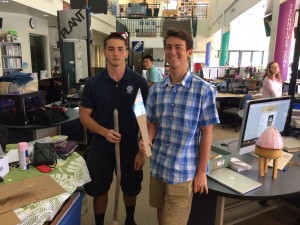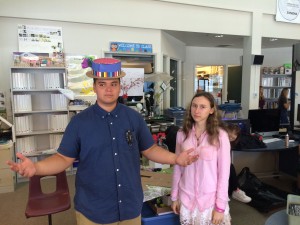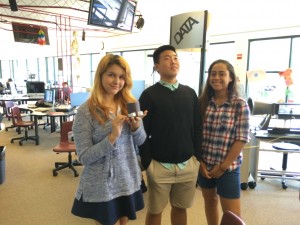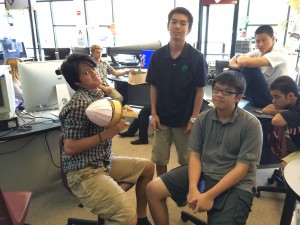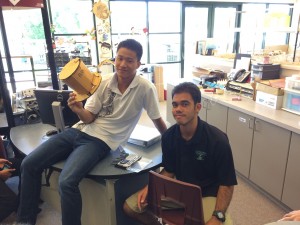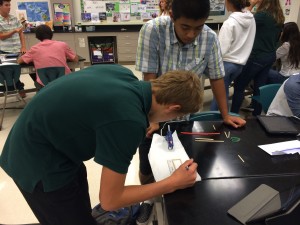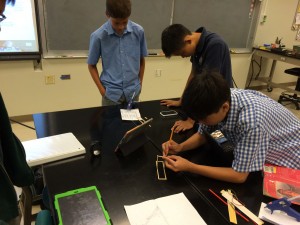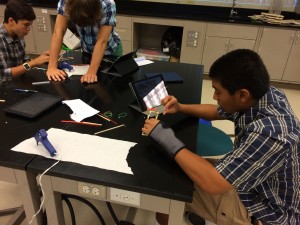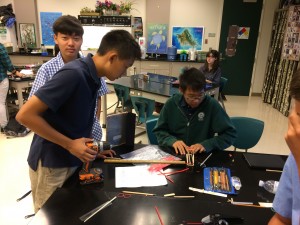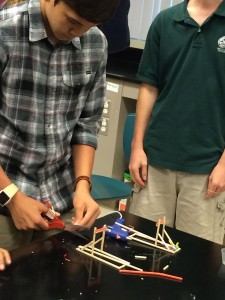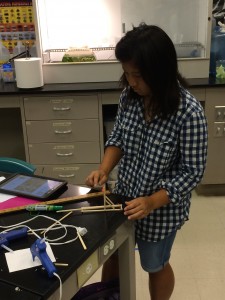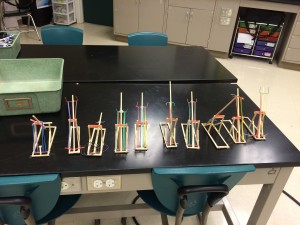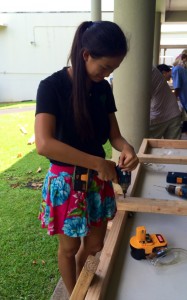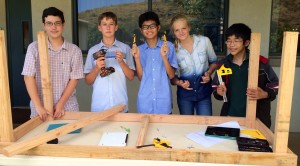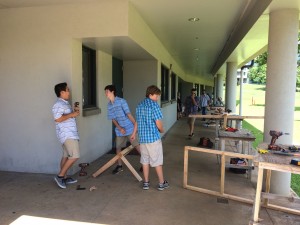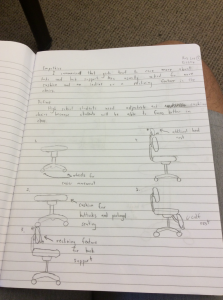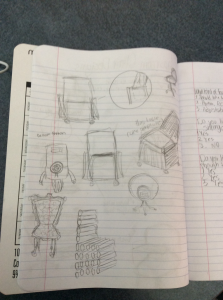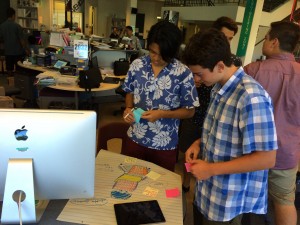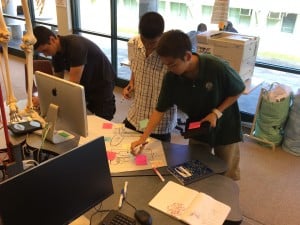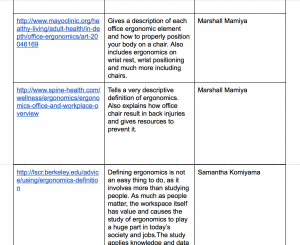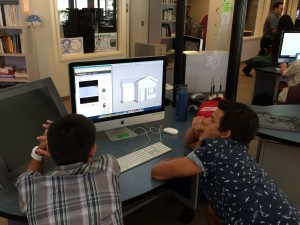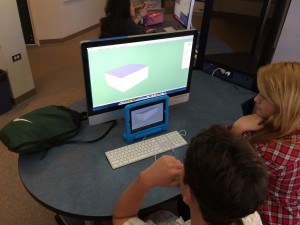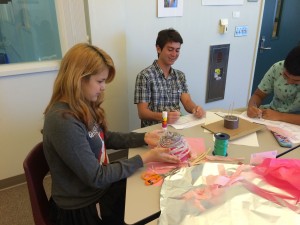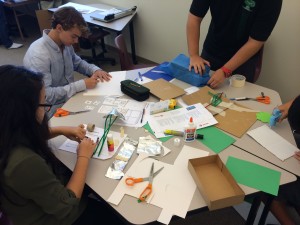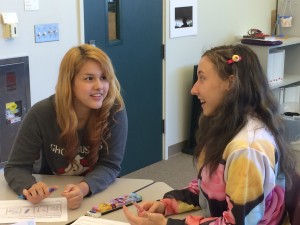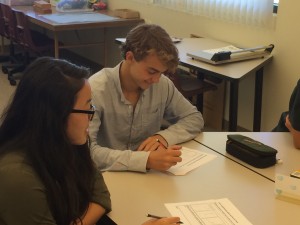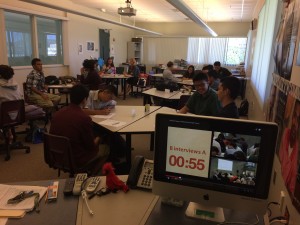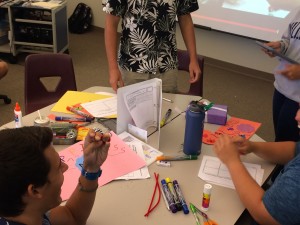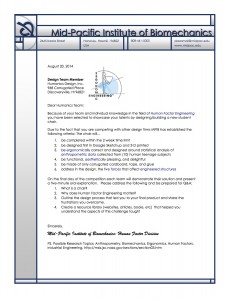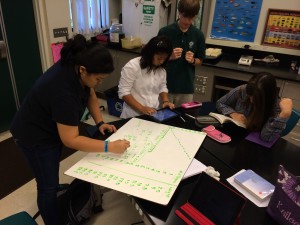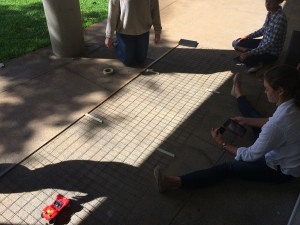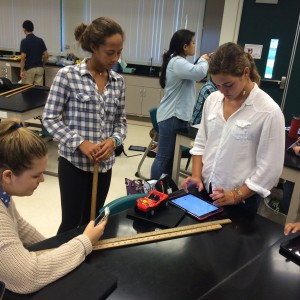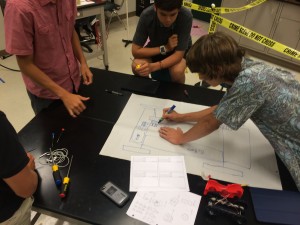On the plane heading back from #deeperlearning 2015, ruminating on that experience, thinking about the Book “Show your work” by Austin Kleon (thanks Ramsay Barnes) and looking back over the last couple of weeks of my students’ work.
A few thoughts on the Deeper Learning 2015 experience. (This was my third year going so I was one of the few “threequel” attendees). So many good things here, but maybe the focal point could be Rob Riordan’s (High Tech High’s “emperor of rigor”) reminder to us of Rob’s Rules of Rigor:
There is no rigor without –
• engagement
• ownership
• exemplars
• audiences
• purpose
• dreams
• FUN!
The conference experience typified this, with a powerful, engaging keynote on Day 1 from Chris Emdin (@chrisemdin) who delivered a thoughtful, energetic and passionate exploration of “Reality Pedagogy”. He pushed us to stay true to ourselves and our motivations that brought us to education and made a passionate case for meeting our students where they are at – as bright, motivated learners. A few quotes from his talk:
“The Masters Tools will never destroy the Master’s House”
“Ground Zero for Changing the world is teachers…dig deep and dig out!”
“You just can’t wake up and deem yourself culturally relevant.”
“If you say that education is the civil rights issue of our time, then you better teach it in a civil rights manner in your classroom!”
Wednesday Night we watched a film “Most likely to succeed” which looked at the education system historically and made the case the school transformation in deeper learning practices is the best way to prepare students for their future. It both looked wide at cognitive science and the facts around educational succeed, but also followed a few students at High Tech High through school year, documenting their challenges and successes in a real Deeper learning experience. MUST. SEE.
Thursday I ran a 4 1/2 hour deep dive based on our year long project investigating sustainable transportation through understand, designing and building electric bikes (a little more about that work below). I had 12 eager, talented and diverse colleagues (teachers and students!) and we spent the day exploring riding and designing around the bike experience. Their artifact presentation at the end of the day was exciting because it showed the diverse ways they approached deepening their understanding of this work. I am still collecting pictures of the day, but I am posting them here: https://flic.kr/s/aHsk9Uk3JT. The webpage that holds the resources the dive are here: https://sites.google.com/a/hightechhigh.org/dl2015materials/deep-dives
The real power of this meeting of the minds was just that – meeting, laughing, talking, sharing with like minded passionate practitioners with deliberate intent to understand and support our work together.
The work over the past couple of weeks in my classes points towards these rules of rigor. In MPX two projects are reaching their conclusion: the Math and Art project has been in the holding phase as I have been working toward getting permission to exhibit the student work on the exterior walls of the Hartley complex. Back when we designed this three building complex, we had planned to place provocative, fun engaging art and exhibits through it, but these items were cut from the budget and never brought back. It has been in my planning for years to get exhibits posted into this space and this project is the perfect place to start. The students created art, created math models of their art and elaborated on their learning – three examples below:
At the same time, most of our bike groups now have operational electric bikes! This project which took two months longer than planned (hey, who said doing real work was easy or fit neatly into a box?) had students explore everything from torque and rotational mechanics, to forces and motion, to electricity and magnetism, to air pressure, to climate change. The ultimate goal will be an auction in May with the proceeds going to a charitable cause that supports our work. The class flickr site https://flic.kr/s/aHsk1yMvRc has photos through the whole process, but here are three slides from my presentation at Deeper learning that show different stages in development. They don’t show all the formative assessments and knowledge construction that were necessary to accomplish this project, but you can certainly see the active role of the students in their work and learning:
Last example of “Keep it Real” is the work from our Innovative Design Technology Class. Our latest project challenged the students to propose, design, develop and complete a project of their choosing. Students projects included
researching, designing and building an athletic shoe,
3-d scanning and 3-d printing a mounted owl for curation and designing as mascot gifts
programming and wiring a raspberry Pi and stepped motors to make a camera shoot rig.
storyboarding and designing a mobile app that would gamify trash collection to increase involvement in cleaning up the community.
Some slides on that below, but what was clear was that students more than not dove in deeply and generated something of value through their interests and passions.
These projects and the resulting student learning are not perfect, but when I look at Rob’s Rules of Rigor, I see many of the elements he defines in this work and that encourages me to “Keep it Real”

